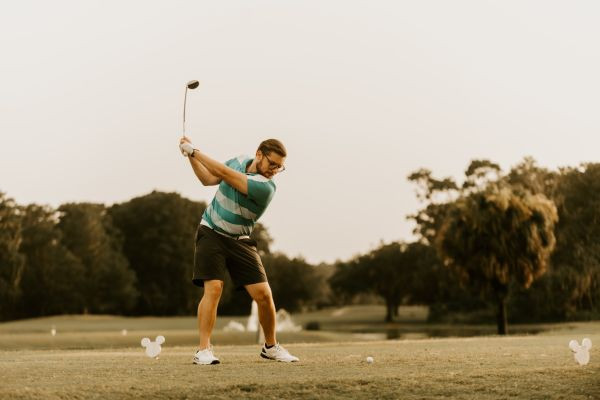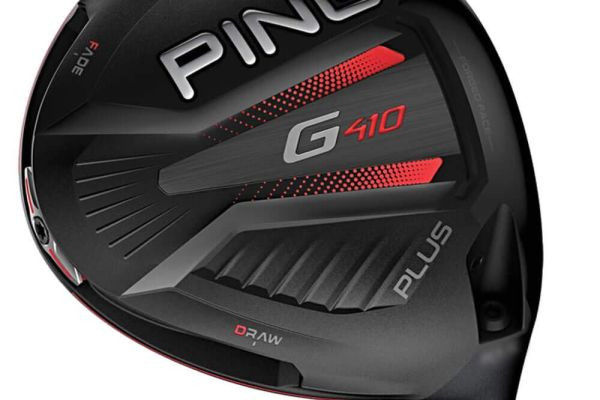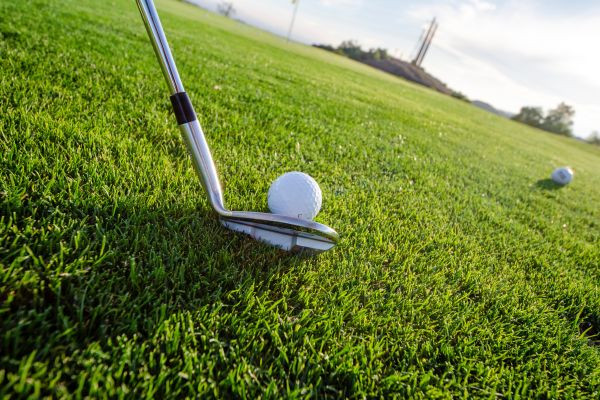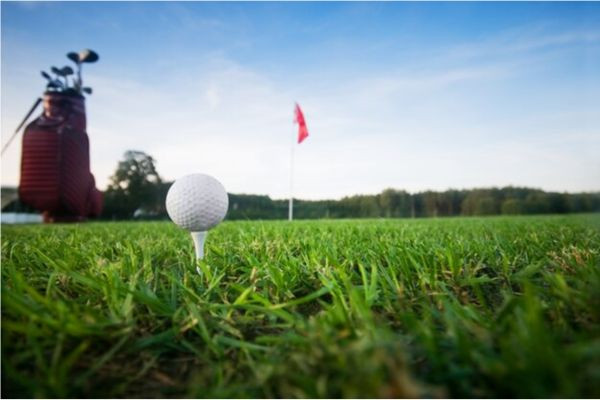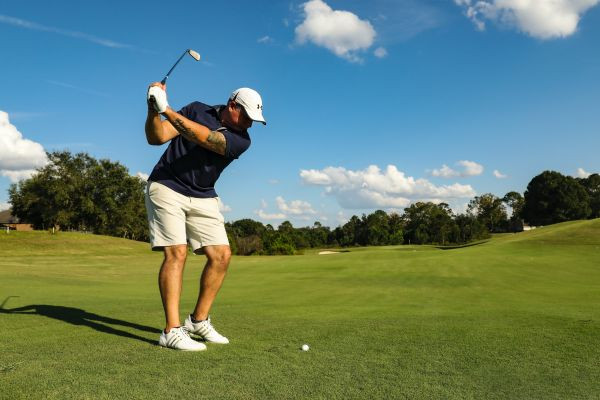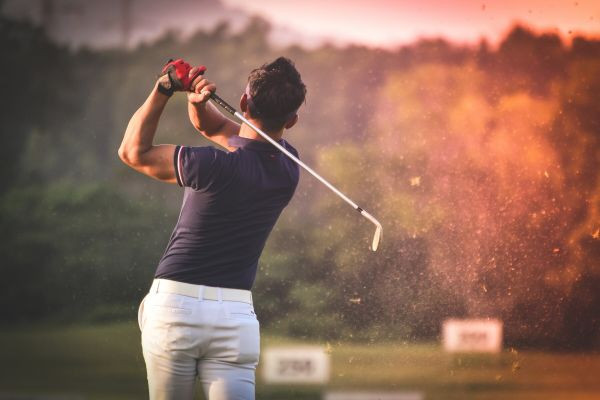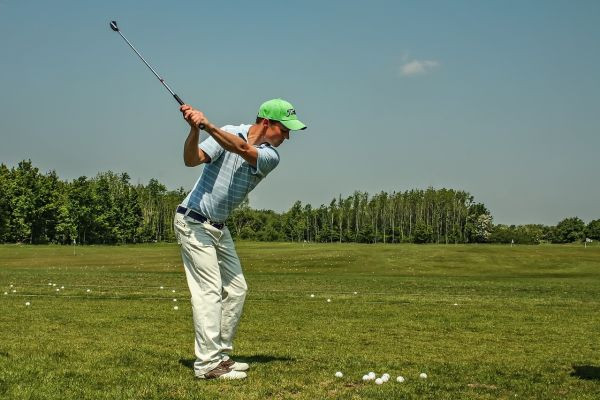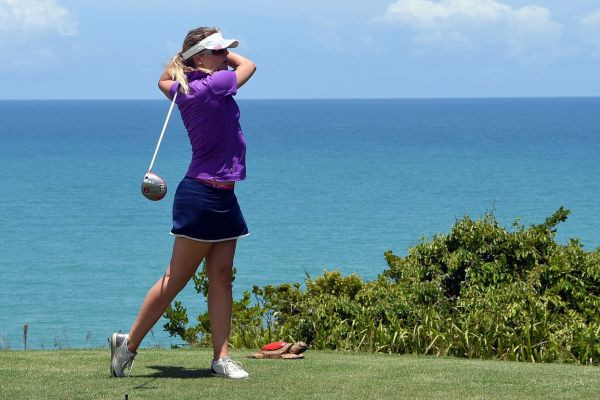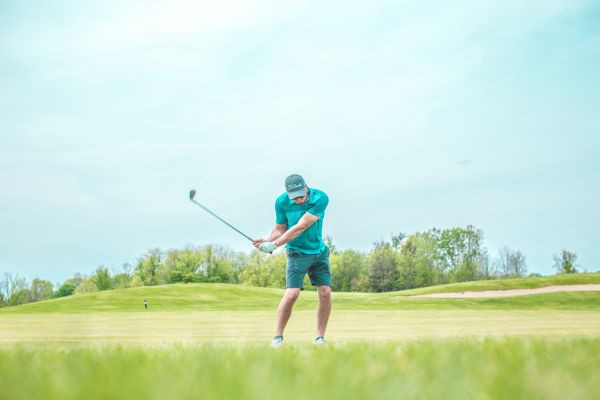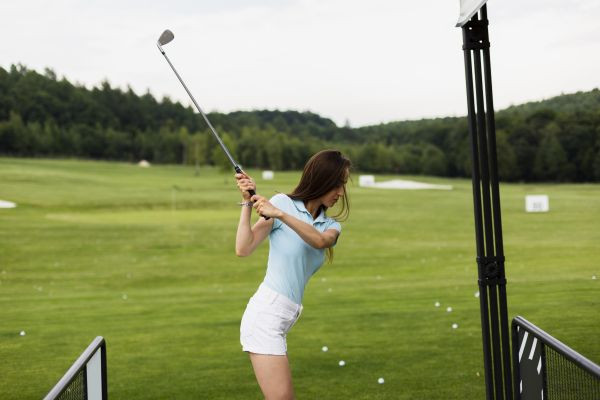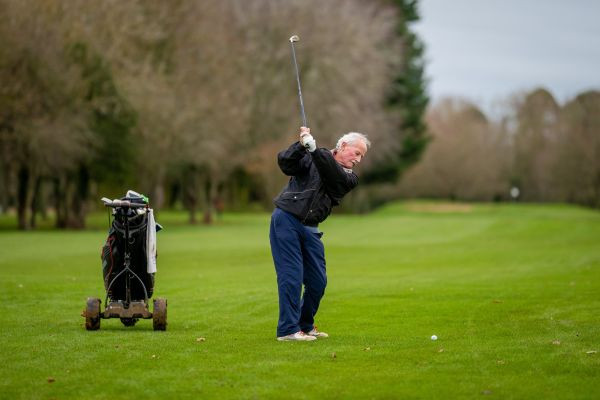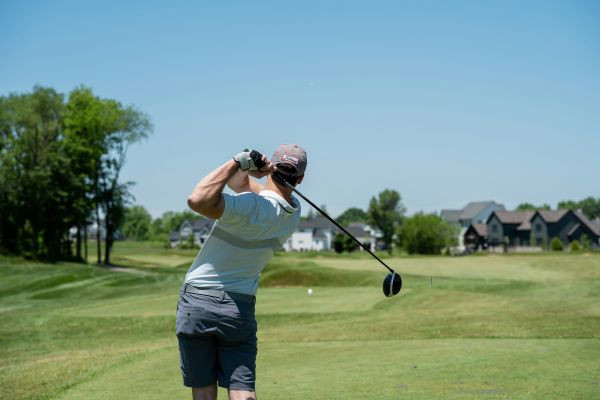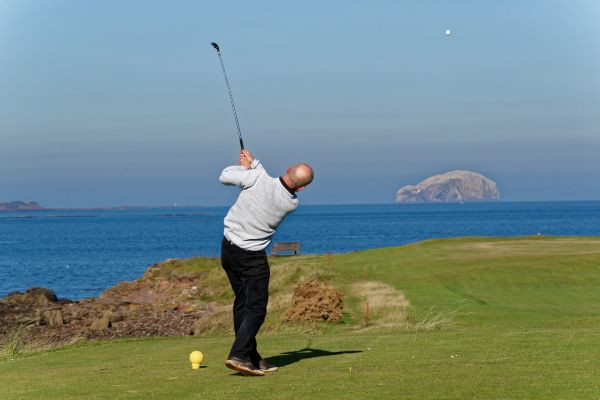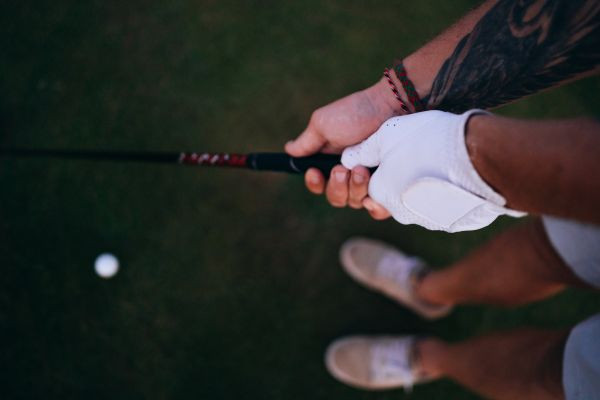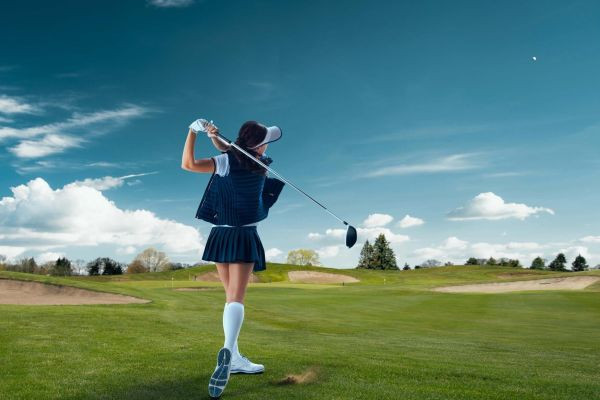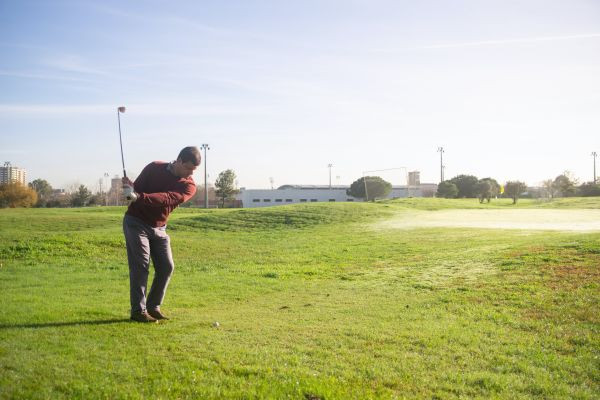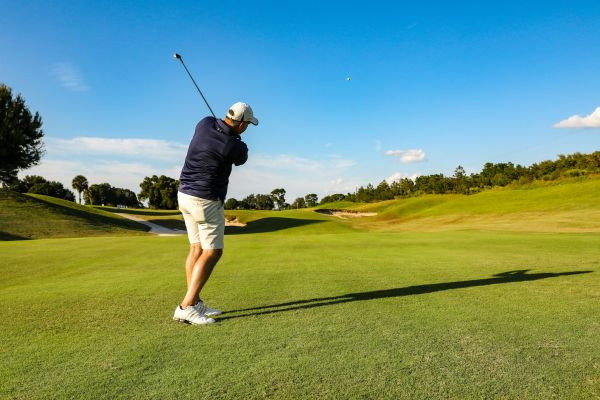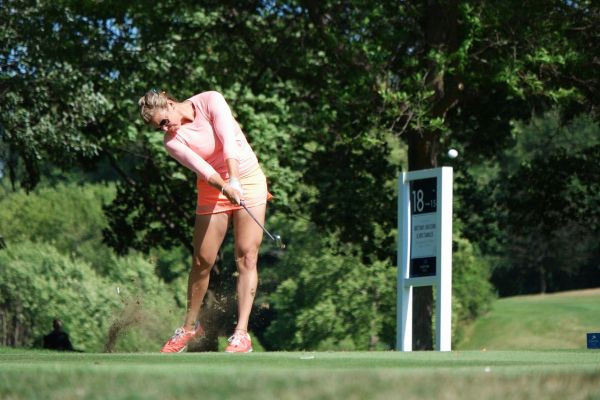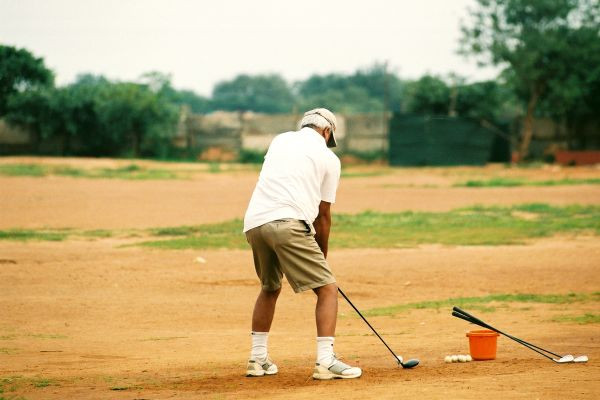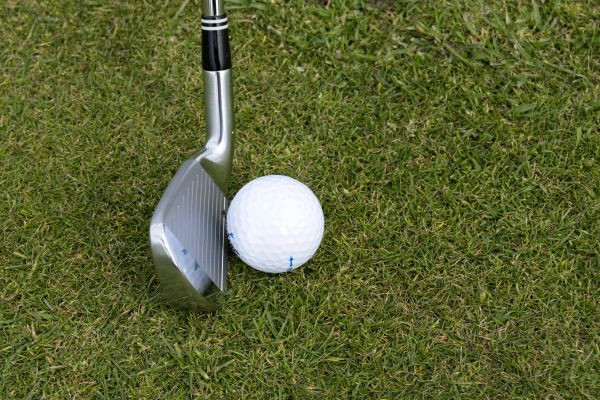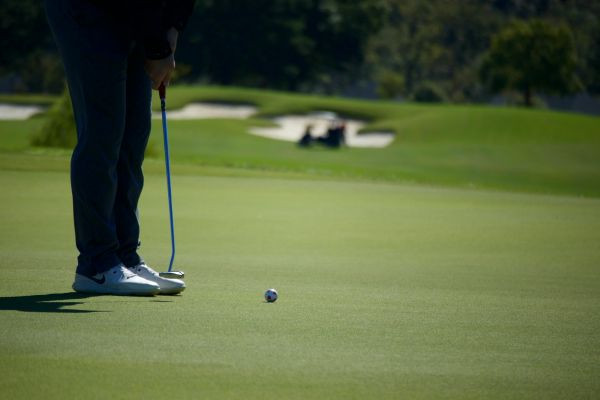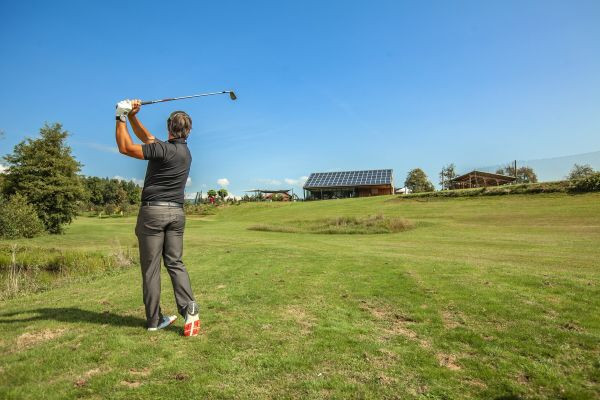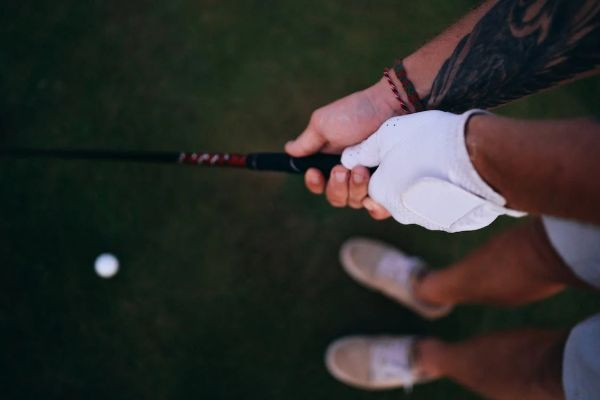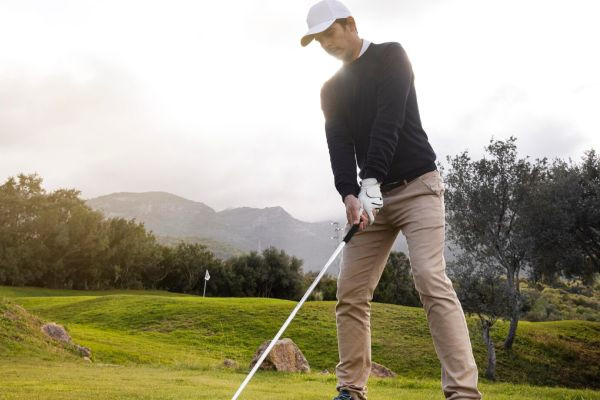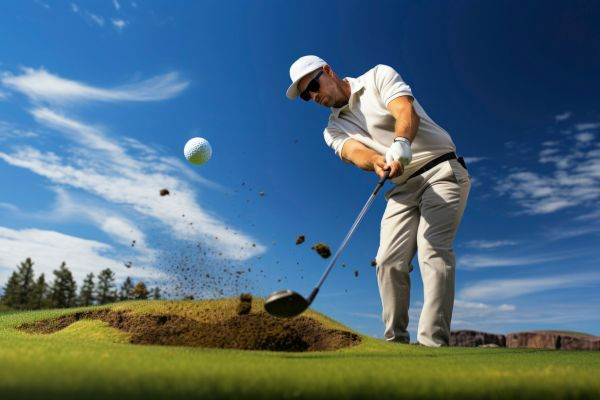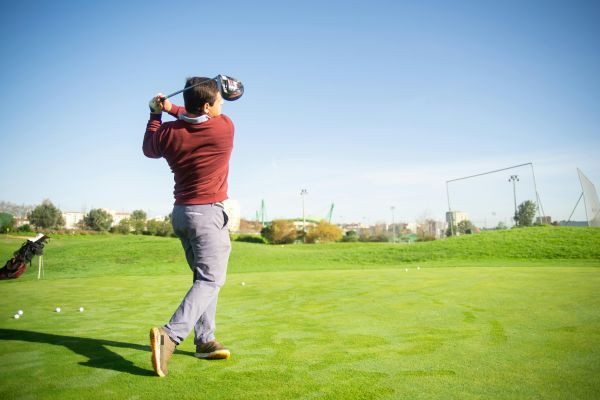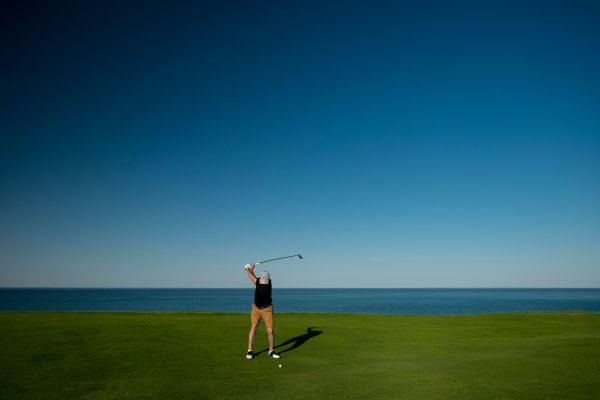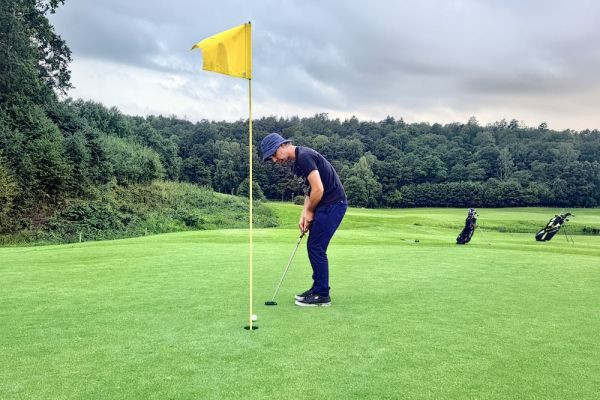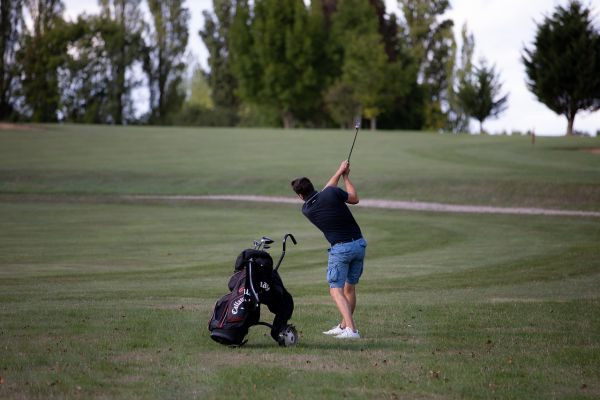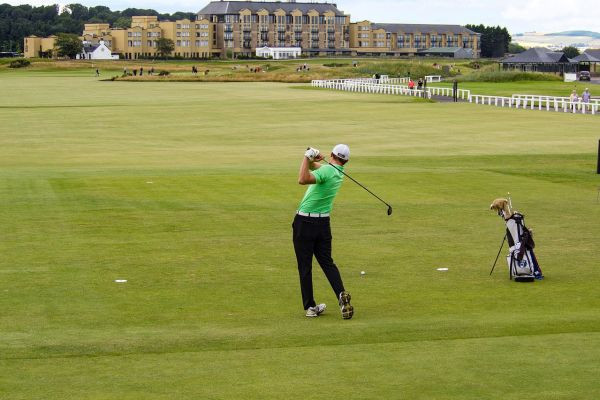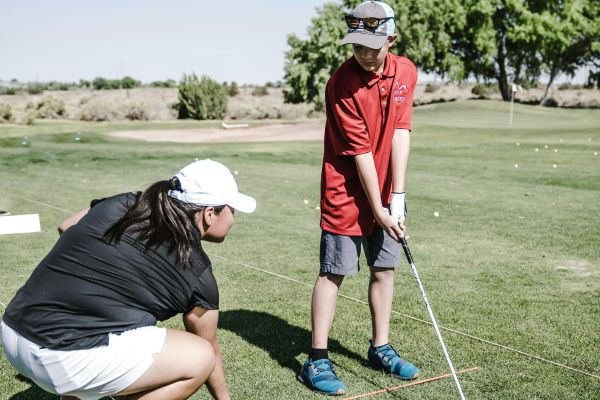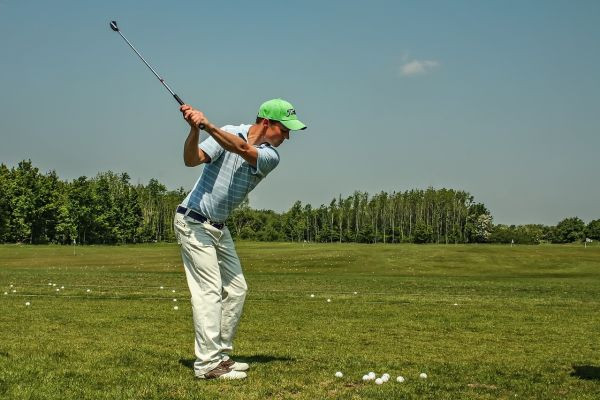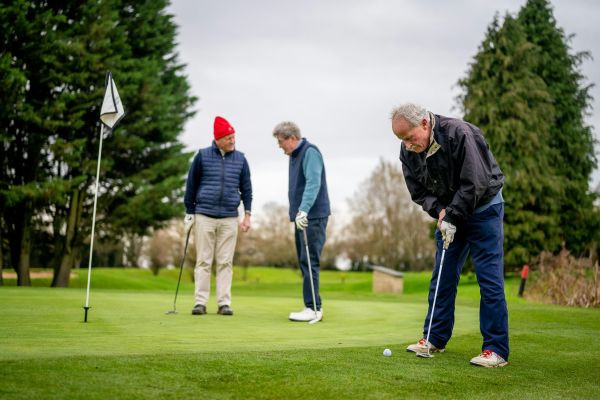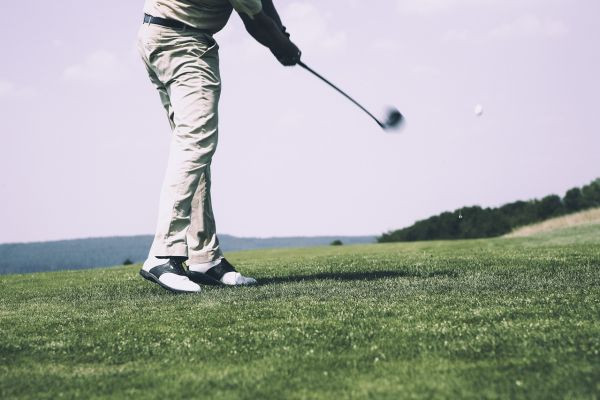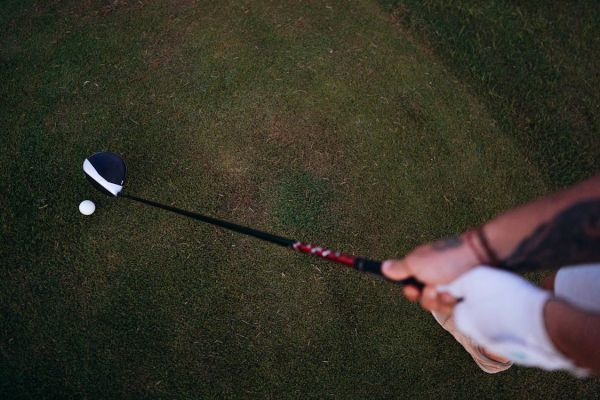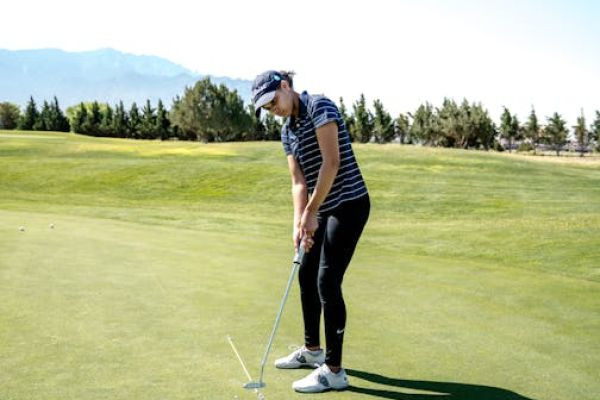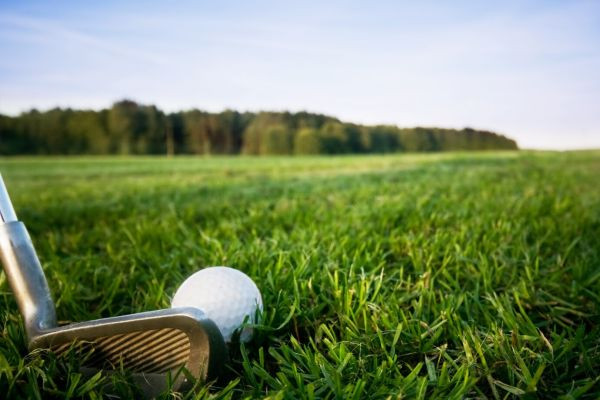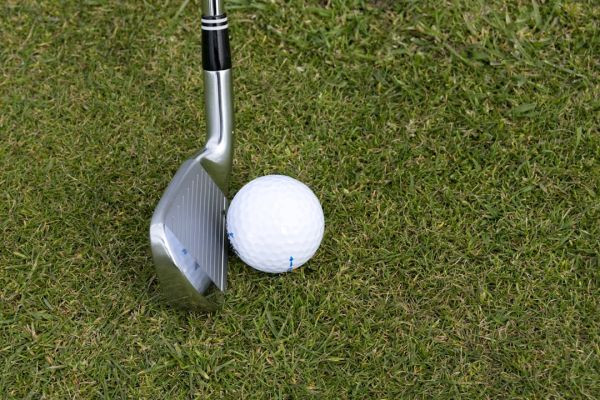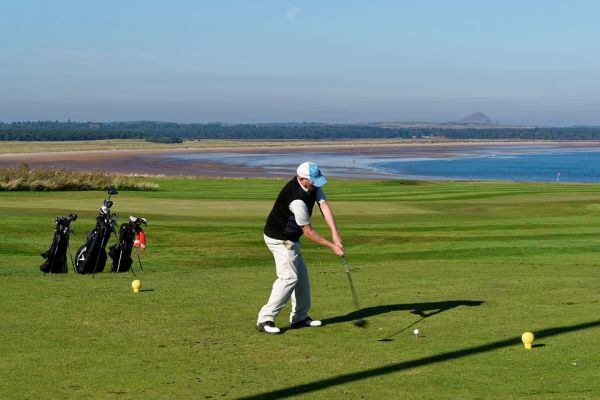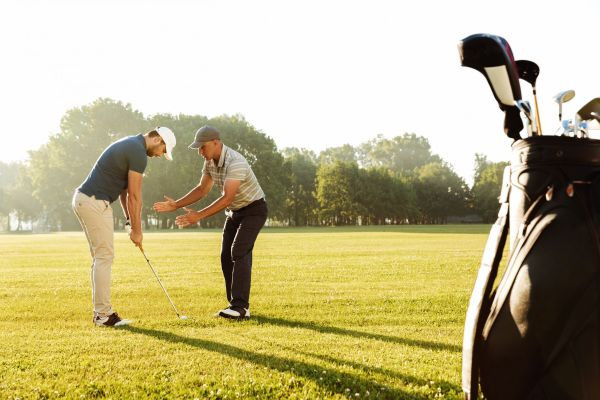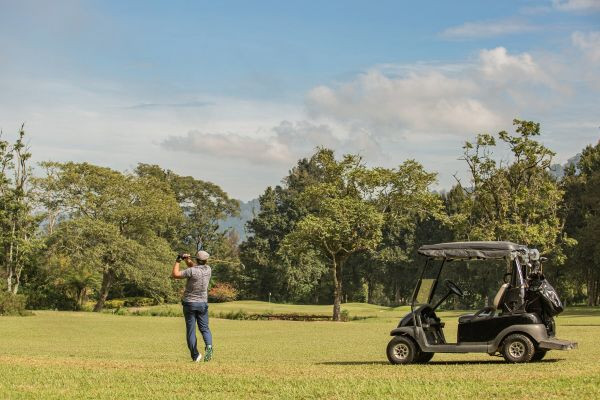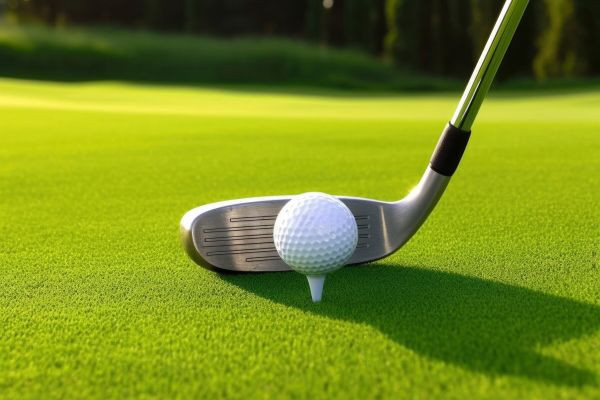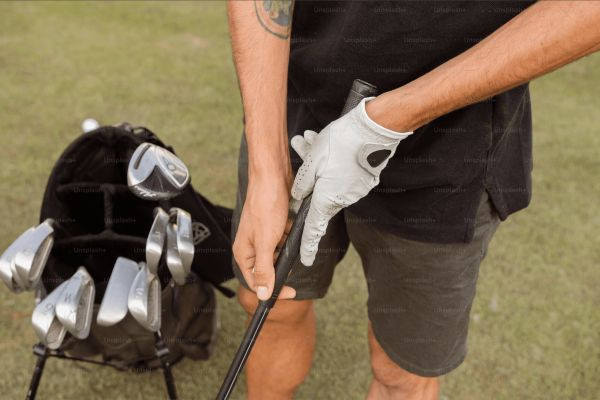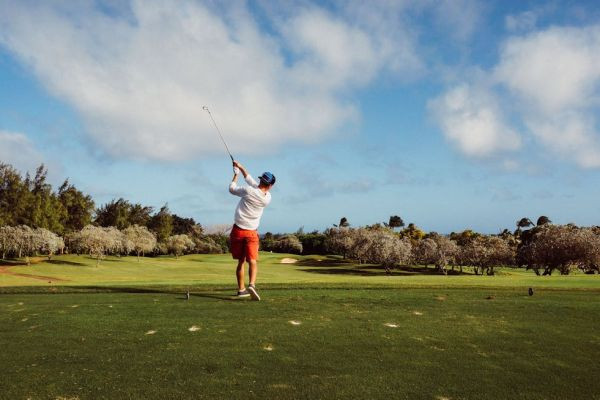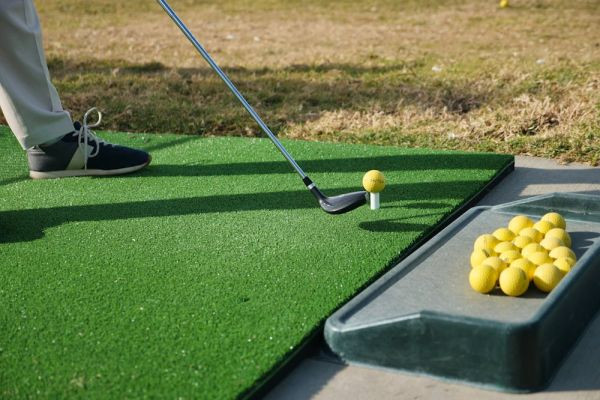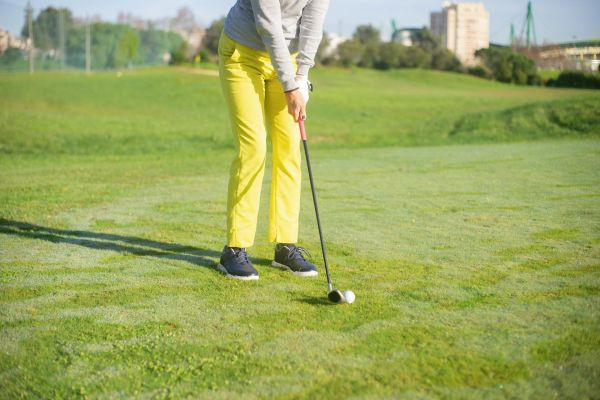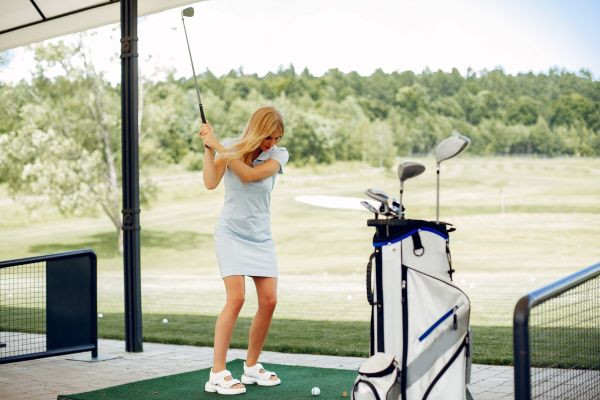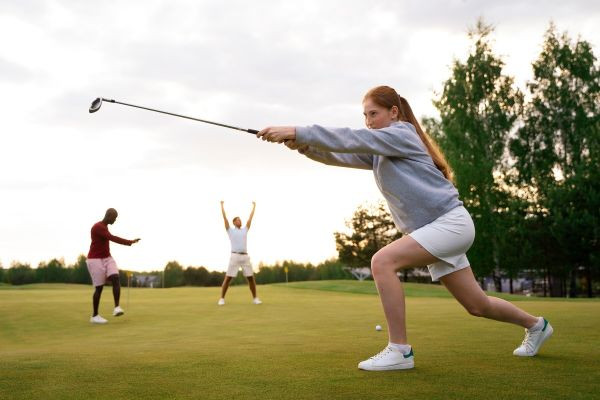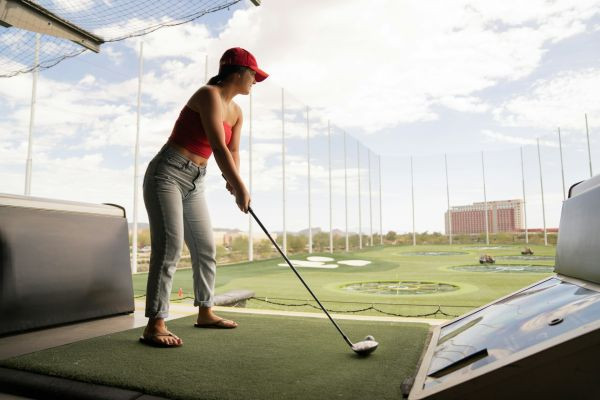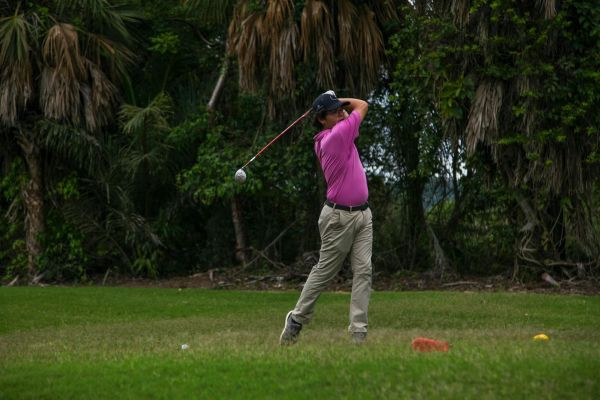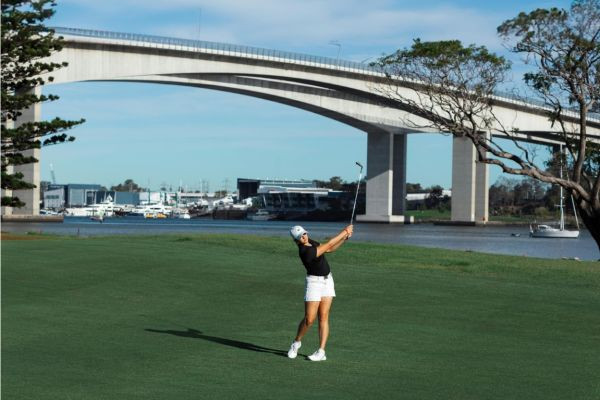Advanced Golf Swing Impact Position Techniques for Achieving Deadly Accuracy
In the world of professional golf precision and accuracy are not merely sought after but rather required. Want to know the difference between an amateur and a professional? Simple. A professional has ..

In the world of professional golf precision and accuracy are not merely sought after but rather required. Want to know the difference between an amateur and a professional? Simple. A professional has the ability to return his club to the exact position time and time again. So much so that they can shut their eyes and replicate it. In this article we will explore advanced techniques to enhance your golf swing for deadly accuracy.
The Importance of Impact Position
Key Components of a Solid Impact
For the most effective transfer of energy when a club strikes a golf ball a golfer must synchronize several complex dynamics perfectly. This goes beyond just skill and timing; it also involves an intricate knowledge of how the body's segments from the feet posture and core to the upper torso arms and hands combine to form a high-speed whip that generates that crucial burst of speed.
Alignment and Stance: Prior to initiating your swing make sure that your body is properly aligned with the intended target. Your posture must be firm yet resilient and prepared to transition weight competently.
Grip and Wrist Position: Offering a tight but not constraining grip your hands should unlock a smooth sequence of movements. The preserved position of wrists can tilt the plane of the headgear striking the ball where the ball speed or the pill's axis of rotation gets determined.
Swing Path and Clubhead Speed: The route your club follows as you swing and the pace at which it moves play a critical role in setting the ball on its flight trajectory. A measured well-practiced swing path is necessary if you want to square up the ball crisply.
Role of Hips and Legs
The power of a golf swing starts from the ground up. Your legs and hips are foundational to generating the necessary force and controlling the swing’s direction.
Stabilization and Weight Transfer: During the swing your legs stabilize your body allowing your upper torso to rotate powerfully. Approaching impact smoothly shifting weight from one foot to the other is key for maintaining balance and generating power effectively.
Hip Rotation: When reaching impact it's important that your hips start opening towards the target in a controlled manner at a 45 degree angle. This hip rotation does not only enhance clubhead speed but also channels force forward in line with your target direction.
The Role of the Upper Body
The upper body plays a role in harnessing and guiding the power initiated by the lower body.
Shoulder Alignment: Maintaining level shoulder alignment is crucial for directing your swing towards the target. Keeping your shoulders aligned ensures that the club follows the intended path during the swing.
Arm and Shoulder Synchronization: To achieve impact efficiency and accuracy it's essential for your arms to move in sync with your rotating torso as you swing down towards the ball. This synchronization helps ensure that the clubhead makes contact with the ball at the correct angle.
Torso Rotation: Maintaining torso rotation while slightly tilting backward from the hips helps preserve the angle of attack during your swing. Maintaining the tilt referred to simply as the angle is crucial for making solid contact with the ball before it touches the ground.
Core Techniques for Better Impact
Opening the Hips Properly
To perfect the movement of your hips it's essential to focus on when and how much you rotate them. When you're about to hit the ball during your swing concentrate on turning your hips towards the target. This rotation isn't a twist; it's a dynamic movement that helps generate speed for the clubhead as it connects with the ball.
Getting the hip rotation right is key because it paves the way for a sequence of movements throughout your body. Ideally your hips should begin opening up as you initiate the downswing reaching around a 45 degree angle by impact. This action does not only increase clubhead speed but also provides stability and power resulting in a more forceful and precise strike.
For practice consider trying out the "Step Drill"; Begin by positioning yourself in your stance facing the ball. As you start swinging down take a step, towards your target with your foot to mimic the hip rotation required for impact. This exaggerated motion can help improve your grasp of hip rotation and its timing.
How to Achieve Forward Shaft Lean
Achieving forward shaft lean, during impact is crucial for experienced golfers looking to improve their accuracy. This technique involves positioning the hands in front of the ball at impact, reducing the club's loft. The outcome? A controlled and compressed ball flight that enhances both distance and precision.
Forward shaft lean guarantees that the club makes contact with a strike on the ball rather than an upward one, which is vital for hitting the ball before hitting the ground. This leads to that satisfying contact that all golfers aim for.
To practice this stance try out the "Lean Drill"; Place a stick in front of your golf ball angled towards your stance. During your swings try to match the shaft angle with the stick at impact. This visual aid reinforces where your hands should be and how the shaft should align at impact.
Additionally it's helpful to use a mirror or record yourself practicing to confirm that your hands are positioned ahead of the ball during impact. When you watch this in real time or during a review it can help you improve your technique and identify any adjustments.
Practical Drills for Improvement
The Hip Opener Drill
The Hip Opener Exercise is specially created to improve how your hips move during the swing, which's important for generating power and accuracy. To start this exercise, place a club on the ground aligned parallel to your target line. This will act as a reference for your swing path and hip positioning.
Stand in your stance with the club in hand. Initiate your swing. Pay attention to how your hips move. During the downswing focus on opening up your hips so they are angled 45 degrees, towards the target at impact. The goal is to achieve this rotation without losing balance or changing the direction of your swing.
It's beneficial to practice this exercise with controlled swings before progressing to full speed swings. This approach will help you grasp the mechanics of hip rotation and allow you to make adjustments effectively.
Over time as you get more comfortable, with the movements try to increase the speed of your swings.
The Forward Shaft Lean Drill
In the Forward Shaft Lean Drill the main focus is on getting the shaft angle at impact which is crucial for compressing the golf ball and achieving a controlled lower ball flight. For this drill you will require an alignment stick.
Place the alignment stick in the ground at an angle pointing towards the target. The stick should imitate the desired lean of your golf club at impact. Position yourself as if you are about to hit a golf ball with the alignment stick placed outside where your golf ball would be.
During your swing aim to align your golf club's angle with that of the alignment stick, at impact. This visual guide is very helpful as it offers feedback on your hand and club shaft positions. The objective is to have your hands leading ahead of the clubhead at impact indicating a forward shaft lean.
For better results start by practicing this drill without a ball to concentrate on refining your technique.
Once you start feeling at ease, introduce a golf ball. Keep on practicing aiming to mirror the shaft lean, with every swing. This exercise doesn't just help refine your impact stance but also elevates your swing trajectory.
Insights from Clay Ballard and Quentin Patterson
Focusing on the position of the body is quite crucial at the time of the impact. It's something that Clay Ballard, who's positioned himself as a respected golf coach, always emphasizes. He's also gone on record to say that body positioning can do a lot in influencing the quality of the iron shots.
In contrast, Quentin Patterson uses technology such as FlightScope to inject a more analytical aspect into his golf preparation. FlightScope is a 3-D Doppler golf player monitoring device that is particularly beneficial for analyzing the intricate mechanics of the swing or the resultant ball flight.
This equipment offers golfers direct measurements for swing speed, path and face angle in real time, providing an interpretation of the immediate impact of swing mechanics on ball performance. Patterson's use of such a sophisticated tool underscores how important a data-rich feedback loop is in refining golf's “ideal” swing.
Common Mistakes to Avoid
What Not to Do During Your Swing
Golfers frequently make the mistake of over-rotating their hips or flipping their wrists at impact. These mistakes often stem from compensating for earlier timing errors or a lack of technique in the initial stages of the swing. More often than not, over-rotating the hips will alter the swing path, resulting in severe cuts or hooks instead of straight shots. Similarly, a weak, inaccurate shot with a lack of control and distance can be the result of flipping the wrist instead of retaining a stable wrist position through impact.
Avoiding Over-rotation
To prevent the tendency to over rotate, concentrating on hip-rotation timing is critical. The hips should begin to rotate as part of the natural flow of the downswing, rather than earlier. If hip rotation starts too early, the upper body may become a little behind and throw off the shot. This situation could also lessen your strike's effectiveness. Engage in drills aimed at improving your hip awareness and timing and you'll address this problem in no time.
Conclusion
In conclusion, the mastery of the golf swing impact position is of utmost importance to any golfer who wants to elevate their game. The impact position takes serious concentration and is a setup for success or failure with the next stroke. By understanding and implementing these advanced techniques that have been outlined in this lesson -- proper hip movement, achieving forward shaft lean, using technology for feedback -- you will be laying the foundation for greater accuracy and consistency.
Frequently Asked Questions (FAQs)
What is the most important aspect of achieving a good impact position?
One of the primary focuses should be on proper alignment and positioning both the body and the club where they meet. Making sure that the hips are rotated, the body is aimed toward the target and the hands are ahead of the club is the key. Moreover, keeping a steady head and keeping the eyes down on the ball until after it has been hit solidly can help stabilize the entire range of motion.
How can I practice achieving forward shaft lean?
By setting up an alignment stick on the ground, you can mimic the desired forward lean of your club at the point of impact. Concentrate on syncing your club's shaft with the stick during your swing to build that sensation of forward lean. The more you practice this exercise, the more natural your muscle memory becomes and hitting the correct shaft position will become second nature.
What are common mistakes in the golf swing impact position?
Common errors have to do with the hips turning too far, the wrists flipping and the shoulders getting out of position, leading to poor contact and inconsistent shots. Not keeping your feet still can upset your balance and limit your power through the ball.
How do hips contribute to swing power?
Rotational force and stability are produced by the hips throughout the swing and they have an impact on the speed and strength of the club's head when the hips are turned the right way. This is key to making accurate and strong shots, as a powerful transfer of power not only gives you distance off the tee but also precision at the pin.
Can you provide a simple drill for better impact?
Give the "Hip Opener Drill" a shot. Placing a club along the ground parallel to your target line, you target your hips so they open at a 45-degree angle when you make contact. By moving and rocking your legs, you will master the motion necessary to improve your swing through and through. The small circle you make around the club makes doing this exercise game. You are no longer limited to the driving range to square away your swing.

